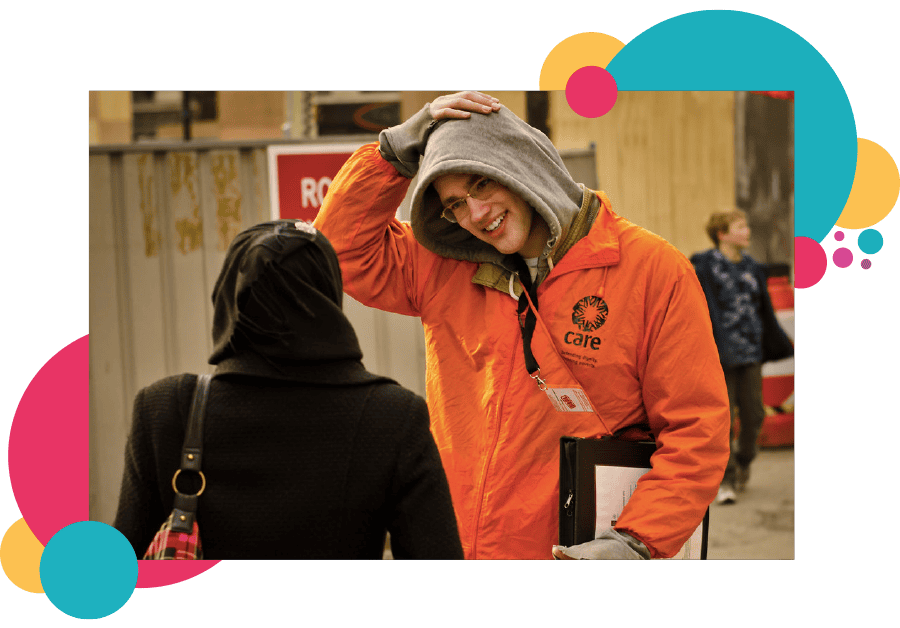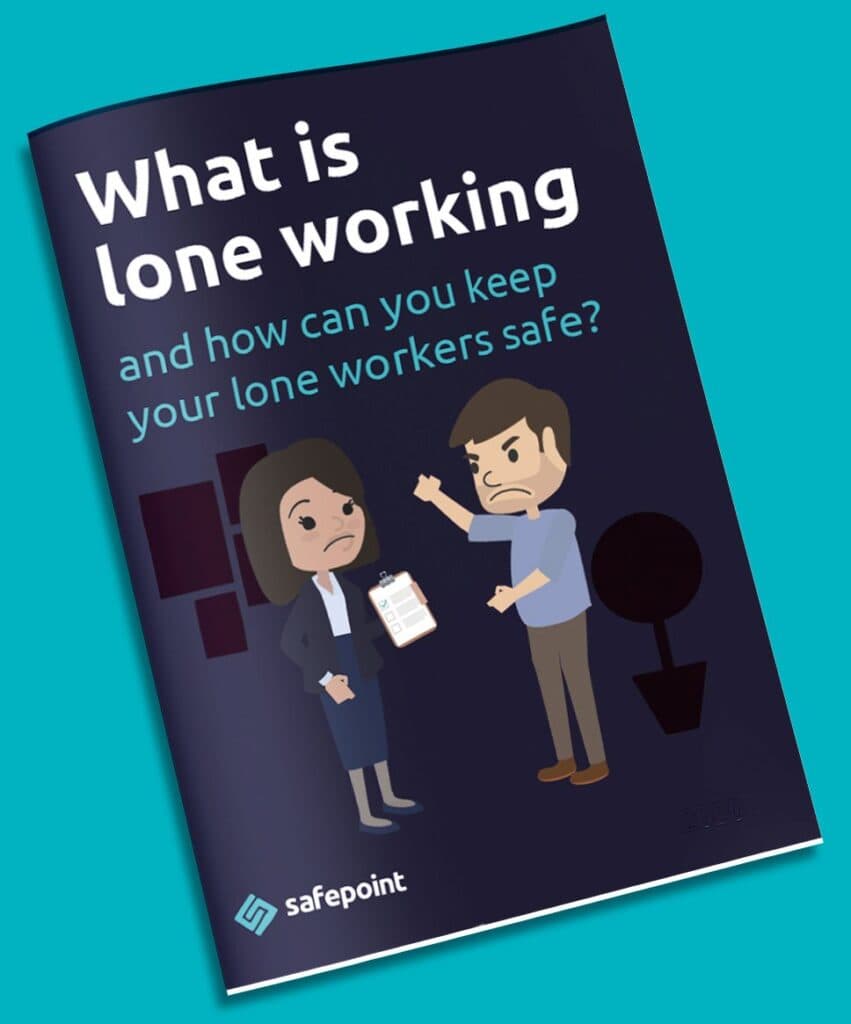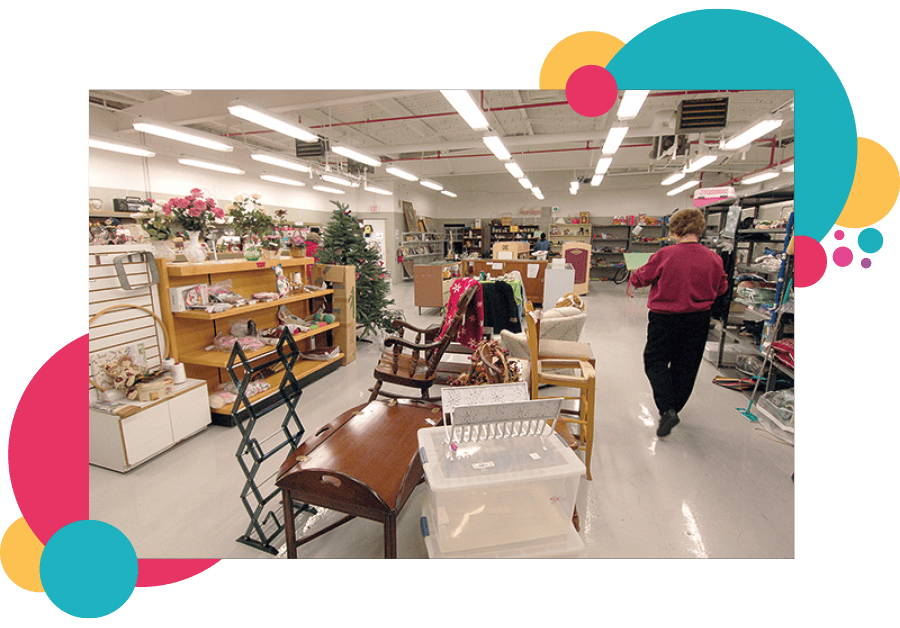
When we think of charities, we think of people going out of their way to help others, whether that means sourcing donations, volunteering to lead community events or working in charity shops. As of September 2018, there were more than 168,000 registered charities in England and Wales, generating an income of more than £77bn. There are more than 880,000 workers employed in the UK voluntary sector, and many more unpaid volunteers work for charity organisations across Britain: more than 20m people volunteered for a group, club or organisation in 2017/18. That’s a lot of people giving their time to help people and causes across the UK.
Shockingly, a Unison survey found that 47 per cent of the 249 charity and housing association employees surveyed said they had experienced violence or aggression from service users or from colleagues. These violent incidents ranged from verbal abuse and threats all the way through to physical attacks including being punched, kicked, bitten, and even having their cars vandalised.
26% of those people felt unsupported in their lone working tasks and many said they had felt in danger due to insufficient training or support from managers. The results of this lack of support extends beyond violence: 79% of respondents said they experienced work related stress, which can significantly affect mental health, productivity and job satisfaction.
A Mind charity worker handing out donation buckets at an indoor market was harassed by one trader, leading to a restraining order. Beyond the distress and alarm caused, the Mind charity worker also said, “It could have a knock on effect for Mind fundraisers and volunteers.”

The foundation of any charity is the desire to do good: keeping charity workers safe is part of this foundation and only by keeping all your lone workers safe can you enable them to do their best work in the community and beyond. As budgets are squeezed and charities are under increased pressure, the concern is that lone workers are not sufficiently protected. At Safepoint, we think you can deliver all the safeguarding you need with a combination of the right tools, approaches and training. So let’s dig in.

Lone workers in the charity sector occupy more roles than you might think: from high-street shop workers selling and sorting goods on behalf of charities, to care providers, fundraisers, people going door-to-door to collect donations and more.
Consider those charity workers who might seek donations in public places – the risk of negative interactions with the public can be high. How about community transport drivers who may be working alone with vulnerable persons or their chaperones?
How can charities safeguard those lone working staff and volunteers effectively while also being conscious of the need for careful budgeting in the charity sector?
Training is one of the best tools you have in improving lone worker safety in the charity sector. All staff, whether voluntary or paid should receive training on dealing with the public. Effective training can help staff defuse potentially violence situations and avoid confrontation. Knowing when to leave a situation or how to work safely in the homes of potential donors or service users should absolutely be a part of this training.
Prevention should always be your goal – training materials should help your lone workers identify potential risks and take steps to avoid incident where possible.
Remember that training should also include general health and safety; many lone workers are at risk of trips, slips and falls and can also be affected by other accidents. Prepare your lone workers for all eventualities – even a volunteer working at a single event needs to be prepared for risk.
Training is extremely cost effective and by developing strong in-house materials, including a lone working policy, you can give your lone workers everything they need simply and in-line with your budgets.

Safeguarding large numbers of volunteers and lone working charity staff can be an enormous task. Using the right tools and systems to help you keep track of workers and ensure safety without fuss or additional busy-work.
Safepoint features an iOS and Android app that works on users existing devices and can be set-up in minutes. The guardian portal works on all modern browsers and is designed to be simple and easy to use. You don’t need specialised equipment or extra devices to keep your staff and volunteers safe. The right tools make jobs easier.
In stores and fixed locations, consider how to deter and prevent theft. Consider how desirable items are displayed and how cash is handled. Making it hard for potential thieves means they are less likely to attempt theft and put your staff at risk. Make it clear that your organisation does not tolerate theft, abuse or violence with posters and public statements and make CCTV cameras and other security measures visible and clearly signposted.
Equally, ensure that your mobile workers, whether on foot or using vehicles do not advertise cash or desirable items ie: leaving laptops in plain view or on a car seat.
Giving your staff the tools to handle an emergency, such as using Safepoint’s silent alarm features, is great, but where possible think about how job roles, policies and best practices can be designed to reduce risk. Can your staff operate in a smarter, more safe way? Can your charity stores be designed to minimise risk of theft? Taking steps to deter and prevent violence at source is worth the time and effort and a smart redesign of jobs and locations can save money too.
With the prevalence of violence against lone workers and volunteers in the charity sector, taking every opportunity to improve your systems and working environments is crucial in ensuring they are safe and effective in helping your charity help others.
Award-winning safety management tools and a fully accredited response team.